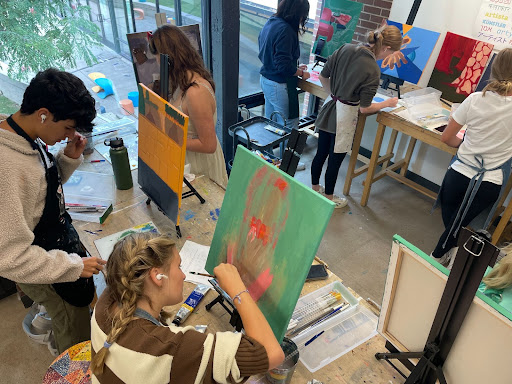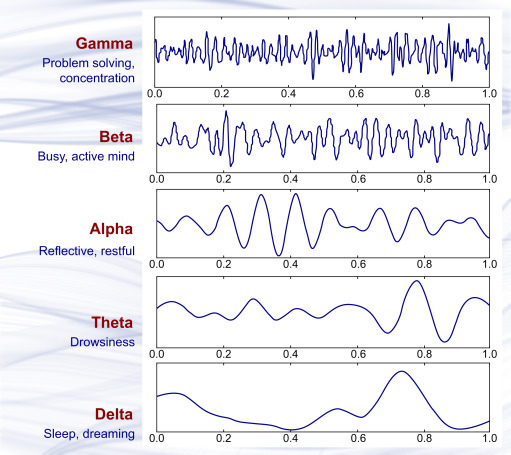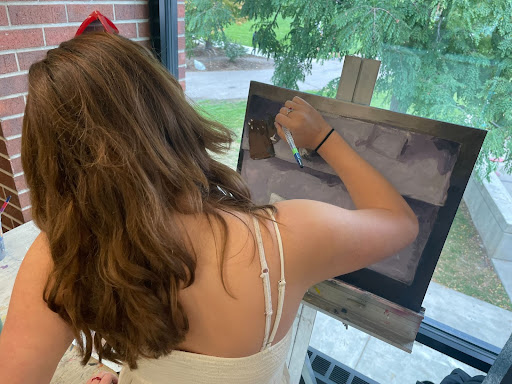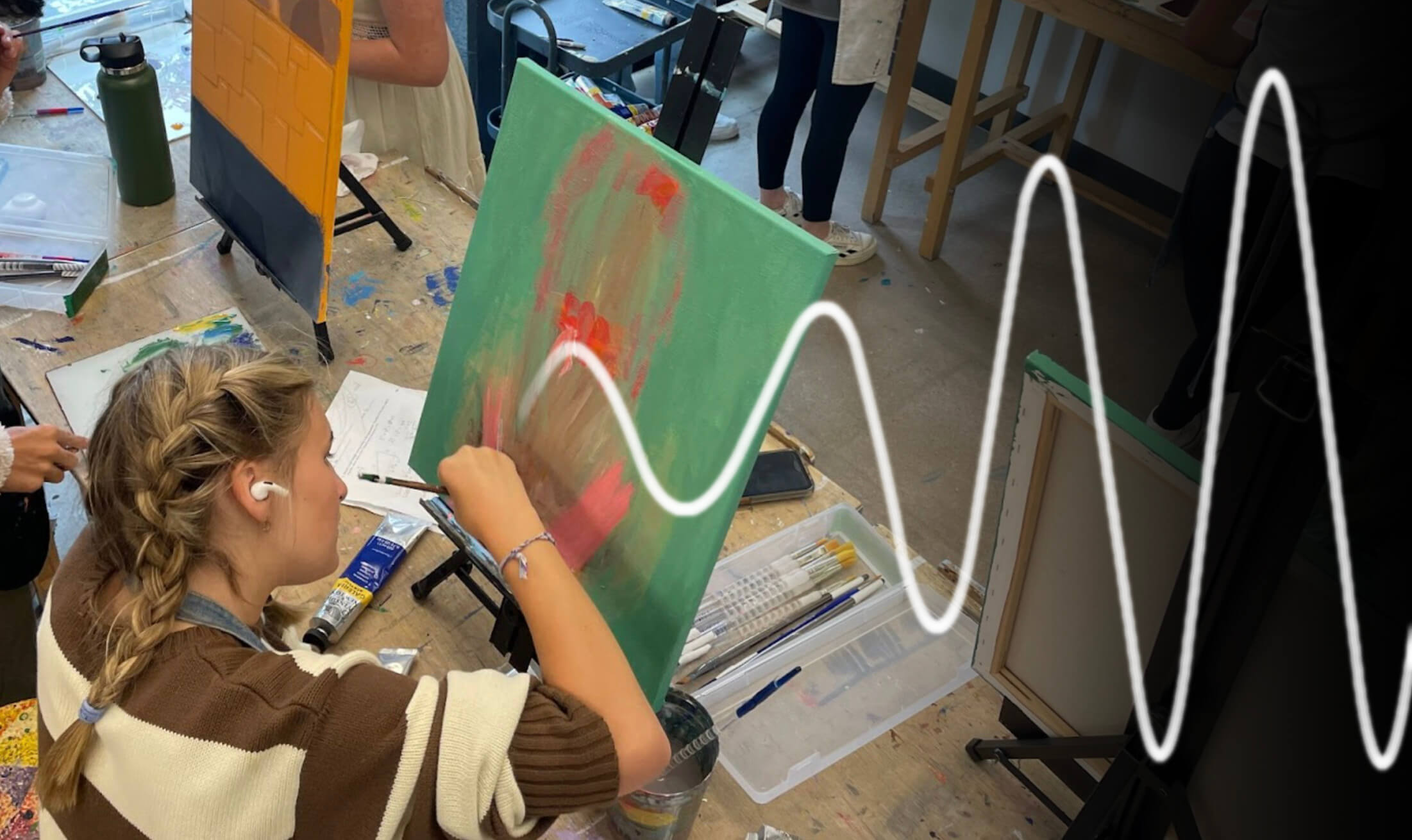During the recent round of conferences with students and their parents/guardians, a message I have heard year after year returned once again: art classes bring students comfort, relaxation, joy, and reflection. Time and time again, I hear that it is their therapy. They feel recharged after their art class, and they dread days that they do not have that treasured time. I watch them struggle in the studio each day—their work is not easy—so why is it such a special time?

As someone who has practiced making art for most of my life, I know exactly what the students are describing. Similar to how an athlete describes a post-game high, an artist often experiences the same feeling. I believe that it is neurological, and I have done some very basic research into what our brains are doing when we create.
Our brains contain billions of neurons that are accepting and processing information every second of the day. They operate in different cadences, also known as electrical activity over time, and most commonly known as brain waves. Depending on what we are doing, the brain waves are either faster or slower. The image below depicts the different types of brain waves. Here is some more information about brain waves from ScienceDirect.

As with most activities, when making art, the brain is operating in a range of brain waves, from alpha to gamma. It is interesting to note that the alpha waves have proven to decrease depression and increase creativity, thus acting as therapy.
When an artist is solving a technical or conceptual problem, they are in the gamma or beta state, but much of an artist’s time is devoted to the mundane and often repetitive aspect of making the work (meticulously shading a form with a pencil, chipping away at the pattern of notes in a song, or repetitively memorizing words or dance steps on stage). This is when the brain is using alpha waves. It is not solving hard problems at this point; it is in what has been termed “the flow.”
When in the flow, time and place disappear. Artists lose track of time and have to rush through cleanup and sprint out of the studio because they can’t believe class is over. Alpha brain waves also characterize the state one is in when meditating. Long-distance runners experience this state when they are in the middle of a long run. Backcountry skiers describe this feeling as they rhythmically count their breaths every step they take up a mountain.

Major problems are not being solved in this state, but important work is being completed, and evidence shows that this state is one of the most therapeutic. Unfortunately, it is a state that is becoming less common in our very busy and complex lives.
As art educators, we will continue to encourage our artists to find their individual voices, and empower them to use them. We will also continue to respect and appreciate that our artists cherish the time they have in our spaces because of the positive effects this meditative work has on their brains and psyche.
